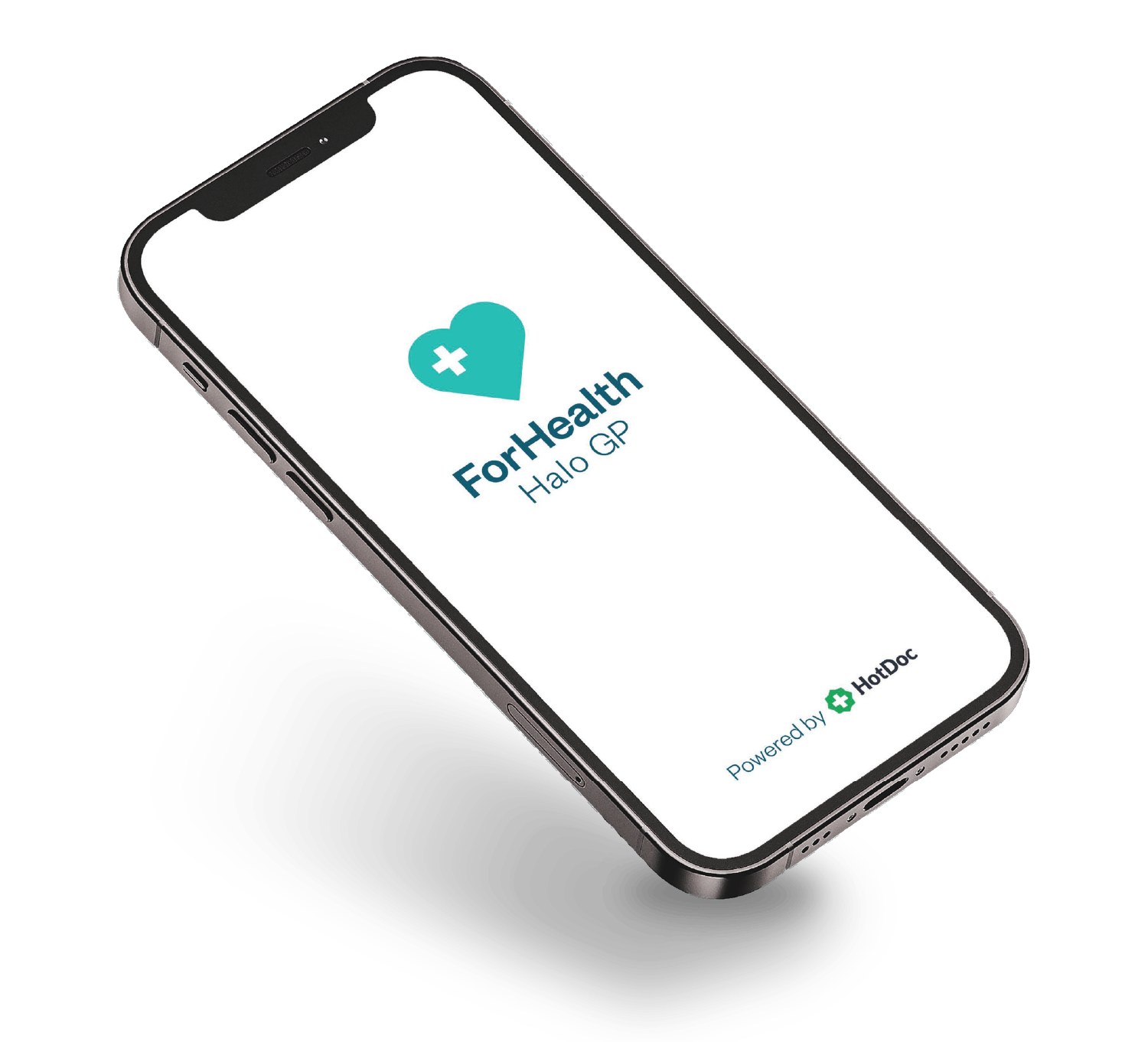Your eyes may be the windows to your soul, but your feet are a great barometer of your health.
If you don’t have a foot complaint, such as bunions or ingrown toenails, it might be surprising to hear that your feet require more than an occasional scrub and a slick of nail polish.
But experts say that taking steps to ensure your feet stay in great shape is key to maintaining your independence as you age. That’s because sore feet can have a knock-on effect on your balance, as well as prevent regular exercise – both of which can then lead to a fall.
Likewise, keeping an eye on your feet can help you notice changes in them that may be a sign of a more serious health issue, such as diabetes, arthritis, nerve damage or poor circulation.
Jeffery Jenkins, a member of the Australian Podiatry Association, provides some simple advice on maintaining your foot health.
Don’t ignore your feet – When it comes to your feet, the details are important. Look every day for cuts, blisters, and bruises, sores, discoloured toenails or swelling, as these can turn into, or indicate, more serious issues.
For example, sores and blisters can easily become infected, while pain, tingling, numbness can indicate nerve damage, and a difference in temperature from one foot to the other can be a sign of circulation problems.
Use a hand-mirror to check the bottoms of your feet if bending over is a problem.
Make an appointment at your GP or podiatrist if you:
- Have a sore on your foot that doesn’t heal or develops an infection
- Suffer pain when walking that stops when you rest
- Notice unusual coldness, cramps, numbness, tingling, or discomfort in your heel
- Become less sensitive to foot pain or the sensations of hot or cold
- Notice the skin on your feet or legs changing colour
- Notice a change in the shape of your foot.
Wash your feet … every single day – Even if your feet look clean, washing them helps keep infection-causing bacteria at bay.
Use warm, not hot, water and don’t soak them for more than 10 minutes or you may risk drying out the skin, which can lead to cracking.
Make sure you dry well between your toes, as failing to do so can invite an outbreak of ‘athlete’s foot’.
Moisturise, but not too much – Use an unscented cream if the skin feels dry or is cracked, but wipe off any excess and don’t put the cream between your toes because the skin there needs to stay dry to prevent infection.
A dusting of talcum powder, particularly between the toes, can help you feel more comfortable if your feet sweat a lot.
Take care of your toenails – It’s best to trim your nails straight across and, if possible, never shorter than the end of your toe. Use a file to smooth any sharp edges.
But don’t try to cut your own toenails if you have trouble reaching them, can’t see them well or if you have diabetes or circulation problems, as you may cut them too short without realising.
If your toenails are discoloured – healthy toenails should be pale pink where attached to the skin and clear or opaque white where they grow away from the skin – don’t cover them with nail polish. See your podiatrist for a diagnosis.
Make sure your shoes work for you – Regularly wearing shoes that don’t fit properly, don’t offer enough support or don’t have a good grip on the ground, can create foot problems, so look out for these issues when trying on new ones.
Do your shoe shopping in the afternoon, as your feet tend to swell throughout the day. Also choose shoes that are about 1.3 cm longer than your longest toe.
Make sure you clean your shoes inside as well as on the outside. And rotate pairs, so you’re not wearing the same shoes for many days in a row.
Sweat over your choice of socks – Socks help keep your feet dry, and thus the skin in better condition, but ensure you change yours every day or even multiple times a day if you’re active or your feet sweat a lot.
Look for natural fabrics, as these tend to ‘wick’ moisture away from your skin more effectively, reducing the risk of blisters and athlete’s foot. Avoid socks with ridges or tight elasticised tops, as these can restrict your circulation or irritate delicate skin.
Exercise your feet, if not your body – Walking is the best way to keep your feet healthy, but if you’re not able to hit the pavement, you can still improve your circulation, prevent cramps and work your muscles with these simple exercises:
- Sit down, then try to pick up matches with your toes
- Still sitting, alternate between pointing your toes toward your nose and pointing them downward
- While seated, rotate your ankles in circles in one direction and then the other
- Hold on to a table or chair back, get up on your tiptoes, and then lower back on your heels. Repeat this 10-20 times.





 Book online
Book online